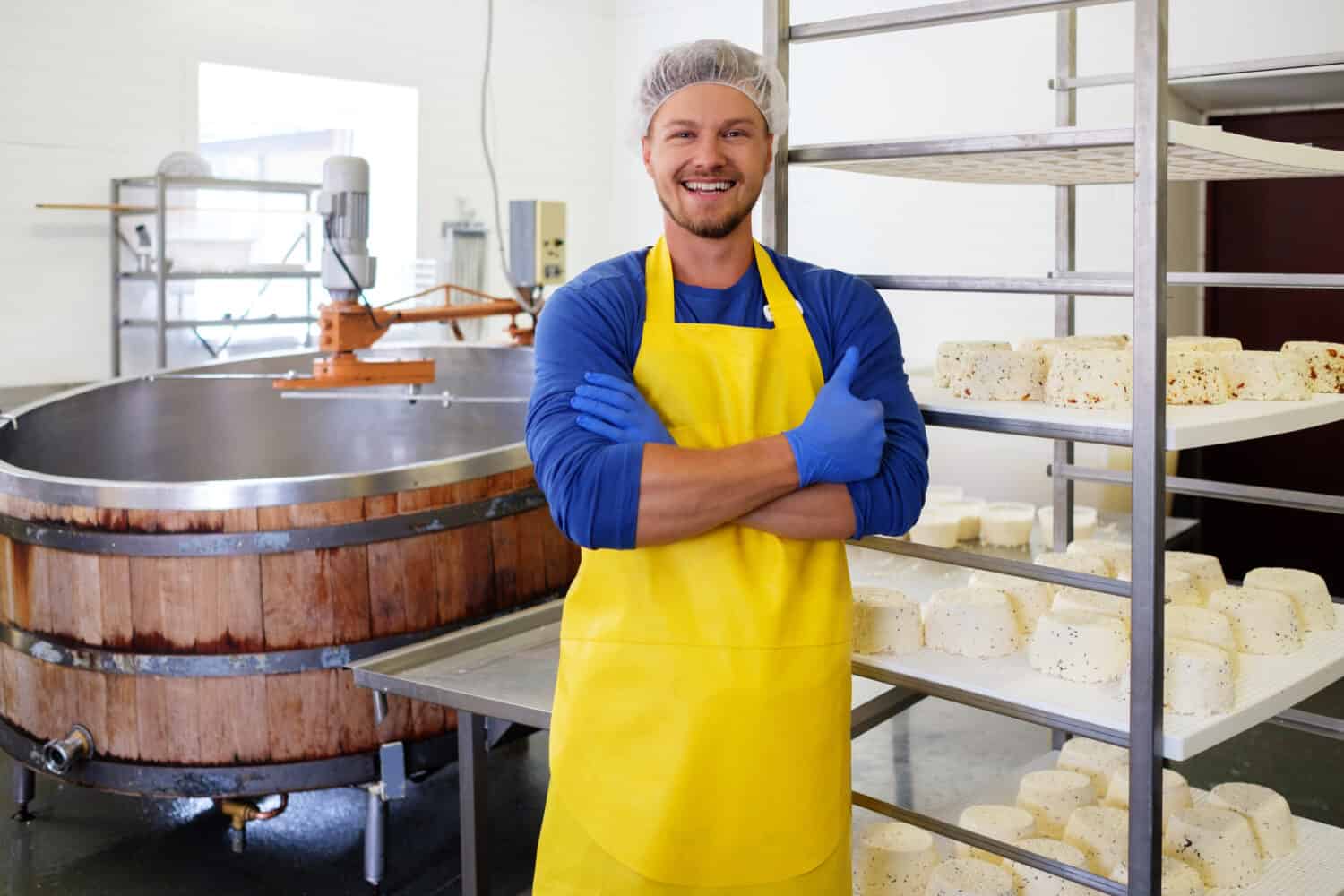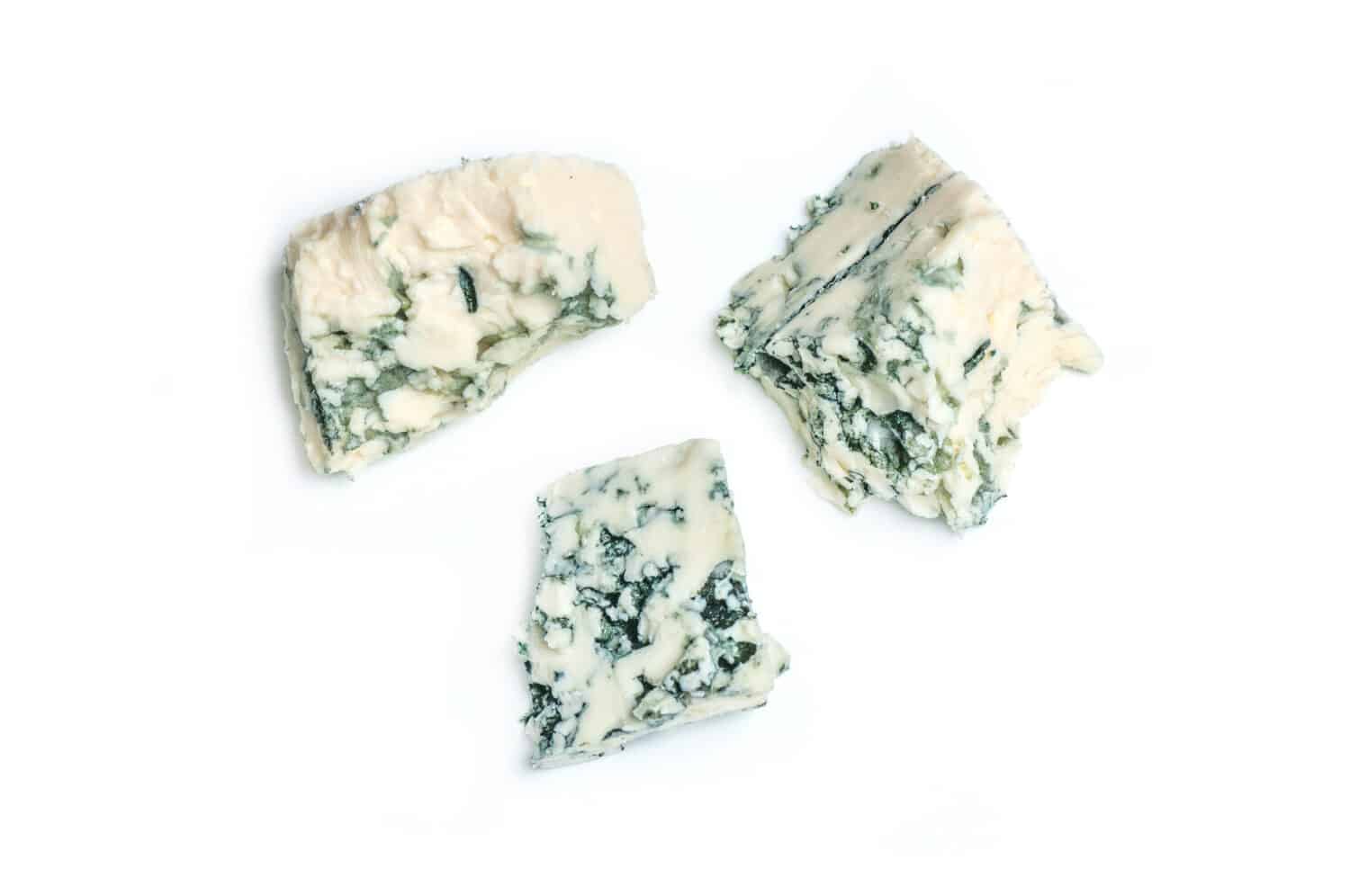Cheese is a very addictive product, irrespective of type. The wide range of cheeses offers different flavors like sweet, slightly acidic, and other complex and strong ones like blue or Roquefort cheese. The last two seem similar, but their characteristics help differentiate them. Roquefort is a variant of blue cheese thats moist and holds well, while blue cheese is an umbrella term for cheeses. Blue cheese is semi-soft and crumbly. This article explains more about Roquefort vs. blue cheese to help you understand and differentiate them.
Traditional blue cheese dressing is made with a Danish blue cheese that is a little on the dry and crumbly side. Roquefort is a tangier cheese and a little more moist, which means it will hold together better. So simply put – yes, Roquefort dressing is blue cheese dressing, just using a different variety of cheese.

How to Make Roquefort Cheese
The making process is almost similar to that of blue cheese but with slight differences. Roquefort cheese uses ewes milk, unlike blue cheese, which has several options. So,
- Add the Rennet enzyme to the ewes milk within 48 milking hours.
- In a large vat, heat the milk to ferment it into curds.
- Carefully cut the curds into small pieces to release the whey.
- Drain the whey from the curds and add salt to them.
- Store the vat with the cheese away from light for a few days before going into a cave for aging.
- Insert metal rods into the cheese for spore growth.
- Put the cheese in a cave to age for 3-5 months or a maximum of 10 months.

What is Blue Cheese?
Blue cheese is a broad class involving cheeses with blue spots or veins on their white skin. Blue or bleu cheese is a semi-soft cheese with a sharp, salty taste. It can also be dry and crumbly: either way, perfect for use as a spread or melted over various foods. Blue cheese owes its appearance to the cultures of Penicillin mold. The mold contributes to its spots which are usually blue or green. During production, manufacturers use cow, sheep, or goat milk and the edible Penicillin mold to form blue cheese.

France was the first country to create blue cheese. The story behind the cheeses discovery is pretty unique. It came to be when a cheesemaker forgot a piece of cheese he was eating in the cave. Once he remembered and turned back, he found the cheese covered with mold and turned blue. Blue cheese is cultured commercially in various parts of the world and comes in different varieties based on the ingredients used. The smell, taste, texture, and flavor differ for similar reasons.
Roquefort Dressing
FAQ
Can I substitute blue cheese for Roquefort?
What is Roquefort dressing made of?
Which is milder blue cheese or Roquefort?
Why is blue cheese called Roquefort?
What does Roquefort cheese taste like?
Roquefort cheese, like any other blue cheese, is white with streaks of blue or blue-green mold. It has a very strong odor, has a moist texture and is easy to break into tiny bits. Its salty, tangy taste and crumbly texture make it a famous option for dressings and salads. What, then, is the difference between blue cheese and Roquefort?
What is the difference between blue cheese and Roquefort?
Whereas with Blue cheese, depending on the specific type of blue cheese that it actually is, can come from just about anywhere in the world. So while Roquefort is blue cheese, a type of it, not all Blue cheese is Roquefort, and for some, that can easily get confusing.
Is Roquefort cheese gluten free?
While Roquefort cheese is creamy and aromatic, the blue veins give sharp and tangy nuances. The traditional Roquefort cheese has no artificial flavoring or preservatives and is unpasteurized and gluten-free. What is Blue Cheese? Blue cheese is a semi-soft cheese with a sharp and intense flavor.
How is Roquefort cheese made?
Nowadays, the mold can simply be cultured in a lab and then injected into cheese to produce Roquefort. Roquefort cheese, like any other blue cheese, is white with streaks of blue or blue-green mold. It has a very strong odor, has a moist texture and is easy to break into tiny bits.
